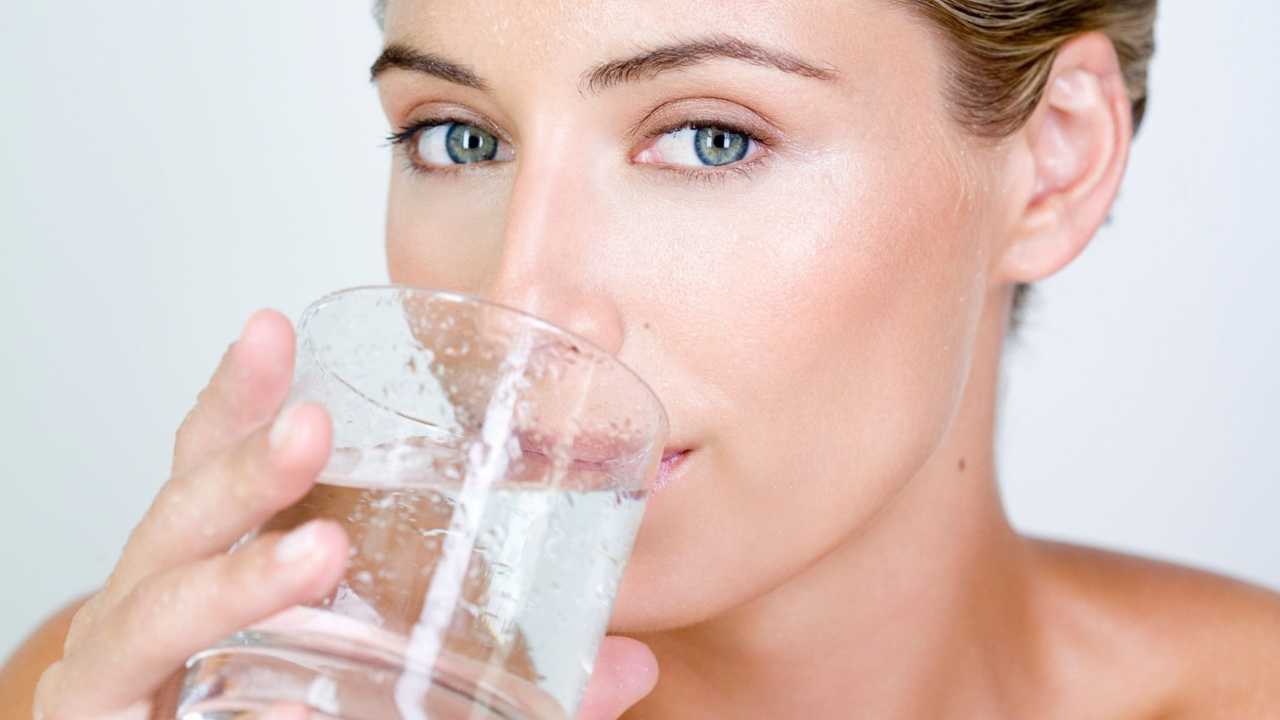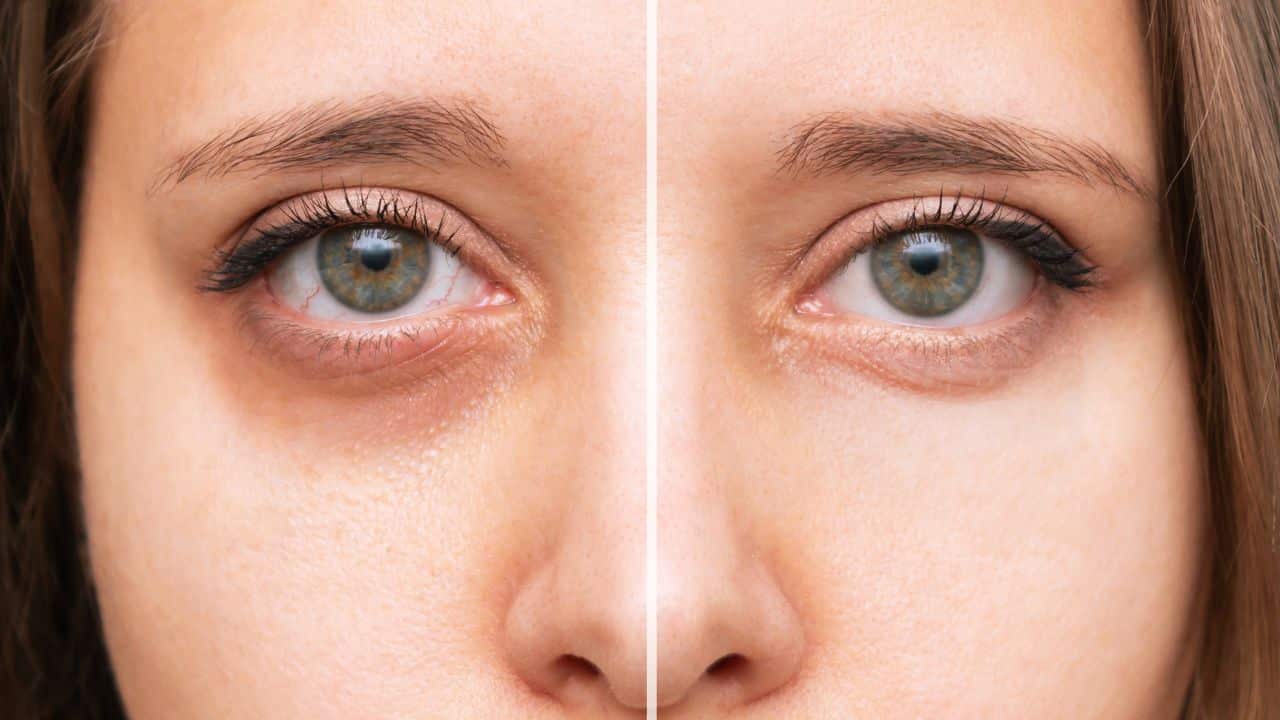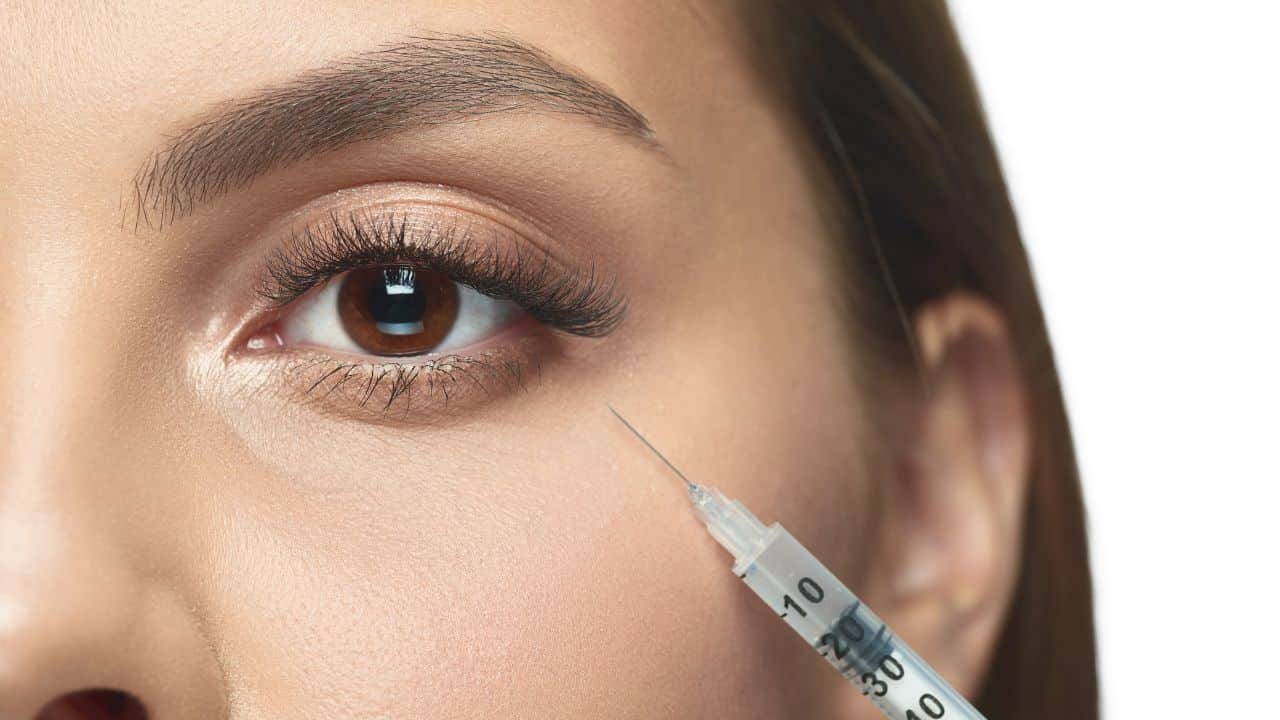Does the idea of revitalizing your skin with a Platelet-Rich Plasma (PRP) treatment excite you, but the thought of post-procedure swelling makes you second guess?
You’re not alone. Many hesitate before taking the plunge, wondering how long that pesky swelling will stick around. It’s a valid concern, one that deserves a deep-dive explanation.
This blog post highlighted the science behind swelling after PRP treatments, its usual timeline, and when to seek professional advice. By better understanding the process, we can demystify the experience, quelling fear of the unknown.
Buckle up as we embark on this illuminating journey, and let’s turn your hesitation into confident anticipation for your PRP treatment.
Why Does Swelling Occur After PRP Treatments?
When the PRP solution, rich in platelets and growth factors, is injected into the designated areas, the body interprets this as a minor injury.
In response, it launches a protective inflammatory response, which we observe as swelling, warmth, and redness. This inflammation process is a crucial part of the body’s healing mechanism.
The platelets in the PRP solution release many growth factors and cytokines, which call upon various cells like leukocytes, macrophages, and fibroblasts to the ‘injury’ site. The resulting cellular activity causes an increase in blood flow and migration of fluids to the area, leading to temporary swelling.
Science Behind Swelling After PRP
Swelling, or edema, happens when fluid accumulates in your body’s tissues. In the case of PRP treatments, this is a natural and expected part of the body’s inflammatory response.
Once the PRP is injected into the treatment area, platelets, the primary players in this scenario, release growth factors and proteins. These substances, including
- Platelet-Derived Growth Factor (PDGF)
- Transforming Growth Factor (TGF)
- Vascular Endothelial Growth Factor (VEGF)
These growth factors serve as biological signals that kick-start the healing process.
They trigger the dilation of local blood vessels, increasing blood flow to the area. This process, known as vasodilation, causes the characteristic redness and warmth associated with inflammation.
Moreover, they increase the permeability of these blood vessels, allowing fluids, white blood cells, and other healing elements to leak into the surrounding tissues. This leads to swelling that you might notice post-treatment.
In addition, these growth factors attract various cells, including leukocytes and macrophages, to the treatment site. Along with the platelets, these cells release more cytokines and chemokines, further fueling the inflammatory response and adding to the swelling.
This cascade of biological processes is critical in stimulating collagen production and cellular growth, key factors in the skin rejuvenation effects of PRP treatments.

How Long Does Swelling Last After PRP?
Now that we understand the science behind swelling, you’re likely wondering how long this process takes. While it’s difficult to pinpoint an exact timeline due to individual variations, we can discuss a typical range.
Immediate Reaction
Immediately following a PRP treatment, you may notice redness and mild swelling, which are signs of the initial inflammatory response. This is normal and a sign that the healing process has been triggered.
24 to 48 Hours Later
Generally, the most significant swelling occurs within the first 24 to 48 hours post-treatment. This is when the inflammatory process peaks, with growth factors and cells actively working at the ‘injury’ site.
The swelling usually subsides by the third day as the acute inflammatory response resolves. Most of the swelling should have diminished by the end of the first week. However, mild swelling might persist, especially in sensitive treatment areas like under the eyes.
Weeks Later
In some cases, residual swelling could last for two weeks or more, but this is generally mild and may not be noticeable to others. The timeline for extensive procedures or individuals with slower healing responses could be slightly longer.
It’s important to remember that everyone’s body is unique, and responses can vary. This timeline is a general guide and might differ based on your physiology, the specific treatment area, the concentration of the PRP used, and the overall health and lifestyle habits.
If you experience prolonged, severe, or painful swelling, contacting your healthcare provider is crucial, as this might indicate an unusual reaction or complication.
When to be Concerned About Post-PRP Swelling
Although swelling is a normal part of the healing process following PRP therapy, there are certain situations where it might be a cause for concern. Here are some things to watch out for:
Prolonged Swelling
As we’ve discussed, swelling typically begins to subside within a few days and is mainly gone within one to two weeks. If your swelling persists beyond this time frame, it’s a good idea to contact your healthcare provider. Prolonged swelling could indicate a slower-than-usual healing response or, in rare cases, an infection or other complication.
Severe Swelling
Mild to moderate swelling is expected after PRP treatment. However, this could indicate an abnormal response if you experience severe swelling that causes significant discomfort or functional impairment (interfering with your ability to see or talk if the treatment is on your face).
Pain and Other Symptoms
While mild discomfort can accompany swelling, severe or escalating pain is not typical and warrants medical attention. Additionally, if the swelling is associated with other symptoms such as fever, chills, or an overall feeling of being unwell, it’s essential to seek medical advice as these could indicate an infection.
Changes in Skin Color or Texture
Look out for changes such as red streaks, unusually dark or light patches, or hot skin around the treatment area. These could indicate complications like infection or tissue damage.
Allergic Reaction
In rare cases, an allergic reaction could occur, which might cause symptoms like difficulty breathing, dizziness, rapid heart rate, or a rash breaking out. If any of these occur, seek immediate medical help.
Managing and Reducing Swelling After PRP
Experiencing swelling after a PRP treatment is completely normal, but that doesn’t mean you can’t take steps to minimize its extent and duration. Let’s explore several strategies you can use to manage and reduce swelling effectively:
Cool Compresses
Applying a cool compress to the swollen area can relieve and reduce inflammation. Remember not to apply ice directly to your skin – use a cloth as a barrier to avoid causing damage to the skin.
Elevate the Treated Area
Elevate the treated area, especially during the first 24 hours post-treatment. This can help reduce swelling by aiding the drainage of excess fluids.
Stay Hydrated

Keeping well-hydrated can help your body flush out the inflammatory by-products more efficiently, reducing swelling.
Avoid Strenuous Activities
High-intensity physical activities can exacerbate inflammation and prolong the swelling. It’s generally recommended to avoid strenuous activities for at least 24 to 48 hours after a PRP treatment.
Follow a Balanced Diet
Eating a balanced diet rich in anti-inflammatory foods can support your body’s healing process. Foods like berries, fatty fish, broccoli, avocados, green tea, peppers, and mushrooms are known for their anti-inflammatory properties.
Over-the-Counter Medications
While not typically necessary, over-the-counter non-steroidal anti-inflammatory drugs (NSAIDs) like ibuprofen can help manage discomfort and reduce swelling. Always consult your healthcare provider before starting any new medication.
Follow Your Provider’s Aftercare Instructions
Your healthcare provider will give you specific aftercare instructions tailored to your treatment and individual needs. Following these closely can aid your recovery and minimize swelling.
Conclusion
Swelling after PRP treatment is a normal part of the healing process, symbolizing your body’s hard work in rejuvenation.
Understanding the science behind it, the typical timeline, and when to seek medical advice can make your journey toward renewed skin or hair growth smoother and stress-free. Implementing our tips to manage and reduce swelling can further enhance your recovery.
Remember, every treatment and individual’s response is unique. If you ever feel uncertain or anxious about your swelling, contact your healthcare provider. The beautiful results awaiting you at the end of this healing journey are worth every effort!





